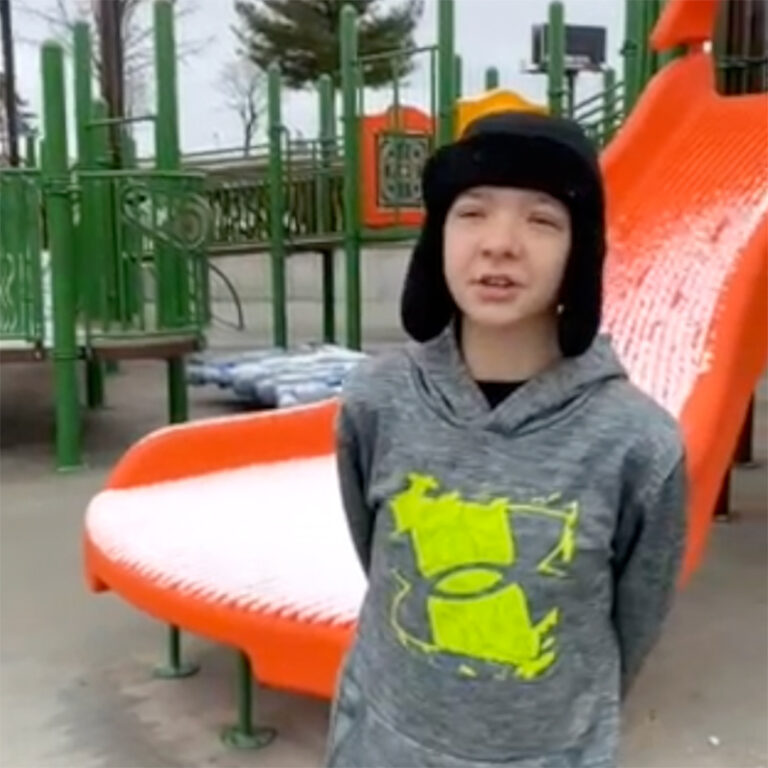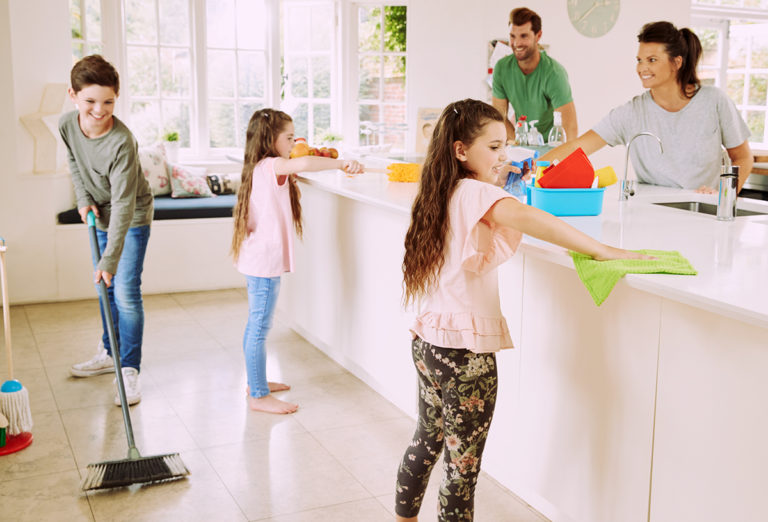Making the Most of Your Summer with NACD
by Ellen Doman
 As the days get longer and warmer, we are all finding ourselves looking forward to summer. As evaluators, we look forward to summer as well. This is a most wonderful opportunity to make truly exceptional gains with your child. So as you are trying to figure out how to arrange your summer, let me make some suggestions.
As the days get longer and warmer, we are all finding ourselves looking forward to summer. As evaluators, we look forward to summer as well. This is a most wonderful opportunity to make truly exceptional gains with your child. So as you are trying to figure out how to arrange your summer, let me make some suggestions.
Increase your child’s physical activity level, taking full advantage of all of the possibilities. Get out of the house. If your child stims a lot, if your child is low intensity, if your child is highly oppositional or inattentive, lots of outdoor physical activity helps awaken and reset that child’s function. It improves mood, yours and theirs. It improves oxygen levels. Swimming, biking, hiking, boating, riding, game playing are just a few activities that could be a part of daily life.
You have a longer day, meaning more opportunities to add more physical activities, more outside time. It will really increase the intensity levels for the low intensity kids and provide calming to those children who are over-stimulated. For our adults on program, physical activity is key for you to do better as well. Use it to manage stress, improve sleep, and improve focus.
But that’s not all—summer can be used to expand your child’s knowledge and excite them to learn more. Field trips and exploration of lakes, streams, wildlife sanctuaries, new parks and museums, new towns, new landscapes—whether they be mountains, deserts or oceans—all result in learning, increased intensity, language opportunities, and wonder. The brain loves new experiences. So whether you are wading through a local creek searching for tadpoles or wading through the waters on a beautiful beach, the experience results in learning.
Water is wonderful. Whether your child is tending a garden or playing on the slip and slide, water is high intensity stuff. Use it to reinforce good work, to wake up an inattentive child, or to disrupt a stimming child. Use it with water balloons for getting a sequence right, shooting at targets for visual tracking and for dominance training. Use it to delight a child and generate speech.
Plant a garden and make a unit study, a chore, a shared project, a family achievement. Let it be used to engage a stimming child in meaningful work. Let it be used to allow a child to feel helpful and engaged. Let it be used to promote self-esteem, to keep idle minds busy, to improve vitamin D levels, improve your child’s nutrition, and be a learning experience. Let it be used to create extra produce that your child can share with neighbors and family members. Let it be used for the math of how far apart to put the plants, their rate of growth, their hours of sunlight exposure, their water consumption, their rate of production, the weight of the produce produced, the cost of producing it.
The changes in temperature, the length of the day, the number of bubbles you can blow, targets you hit with your water gun, shots you made with the basketball, volleys you made at badminton, homeruns, are all math that is real and fun and functional. Don’t miss these opportunities to infuse the summer activities with learning that is real and relevant. Whether you are comparing the number of cardinals to the number of blue jays in your backyard, or counting the number of blossoming dandelions versus the number of flowers you planted, math can come alive outside.
Sequencing is a part of life if you think to incorporate it. “First we will water the roses, then the tomatoes and then the lettuce. After that we need to put the hose away and pick some of the peas and put that rake away.” “After we ride bikes, let’s play a little badminton and then get a snack but before we go, let’s change our shoes.” “Don’t let me forget all these great things we are going to do.” “Run in and get a jar so we can go catch some tadpoles. Put on your old sneakers because we might get wet and get mine while you’re in there. Afterward remind me to look up what they eat so we can feed them.”
This is your opportunity to lie in the hammock and read with your child. This is your chance to make up nonsense rhymes to be repeated while jumping rope. This is your chance to do visual tracking sending that birdie sailing over the net. This is your chance to have an incredible summer producing incredible change in your child. Don’t miss it.





